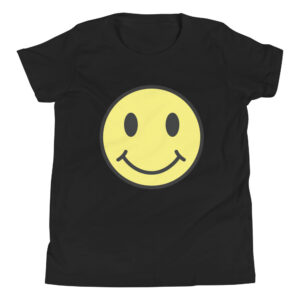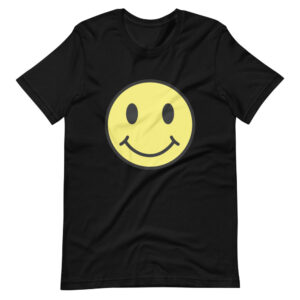-
×
 Have a Nice Day Kids T-Shirt
1 × $111.00
Have a Nice Day Kids T-Shirt
1 × $111.00
The Art of Less
Minimalist fashion has evolved into more than a visual aesthetic; it’s a philosophy of purpose. In a world overwhelmed by trends and information, the choice to simplify one’s wardrobe is a reflection of balance and clarity. By embracing this refined approach, people are redefining how they connect self-expression with mindfulness — choosing what truly matters over what simply fills space.
How Minimalist Fashion Redefined Modern Culture
The influence of minimalist fashion runs deeper than clean lines and neutral tones. It represents a global cultural shift toward intentional living. As society grows more conscious of consumption, individuals are reevaluating not only what they wear but why they wear it. The neutral wardrobe, once seen as restrictive, now signals sophistication and a quiet strength that resists excess. It speaks to the desire for calm amid cultural noise.
A Mirror of Modern Identity
In today’s fast-paced world, style has become a language of values. This streamlined approach to dressing mirrors the modern identity — confident, selective, and grounded. Instead of showcasing wealth or status, it conveys composure and authenticity. The clean structure of a blazer or the simplicity of a crisp shirt can communicate far more than a logo ever could. It’s fashion that respects both the wearer and the world they inhabit.
The Cultural Origins of Minimalist Fashion
Many of the ideals behind minimalist fashion are drawn from traditions that value restraint and harmony. Japanese design principles such as ma (space) and shibui (subtle beauty) have influenced the minimalist aesthetic deeply. Similarly, Scandinavian and European design philosophies have emphasized timeless quality over fleeting novelty. Together, they’ve created a global dialogue where simplicity is not lack — it’s refinement.
Why Refined Simplicity Appeals to the Modern Mind
The psychological pull of pared-back style lies in its calmness. It offers visual and emotional relief in an overstimulated world. When one’s environment and wardrobe are simplified, it creates mental space to focus on priorities. This approach also aligns with sustainable values — fewer, better pieces mean reduced waste and deeper appreciation for each garment. The harmony between clarity and conscience gives it enduring cultural power.
Technology’s Role in Shaping Modern Minimalism
Technology has both accelerated consumption and inspired restraint. Social media once fueled constant trend cycles, but it has also given rise to communities that celebrate slow fashion and conscious styling. Online platforms now highlight craftsmanship, longevity, and ethics — all pillars of minimalist fashion. As algorithms flood our feeds, choosing a pared-back style becomes an act of resistance and self-control.
The Future of Minimalist Fashion in Culture
This approach to dressing is not a passing phase; it’s a cultural response to modern fatigue. As people move toward more thoughtful lifestyles, fashion will continue reflecting that shift. Designers are moving away from seasonal excess and returning to timeless collections that endure. This evolution suggests a permanent change — one that values authenticity over performance and quiet elegance over spectacle.
The Strength in Simplicity
To dress with restraint is to express confidence. Minimalist fashion doesn’t whisper because it’s unsure; it speaks quietly because it doesn’t need to shout. The power of simplicity lies in the intention behind it — a reminder that refinement and clarity are never out of style.





